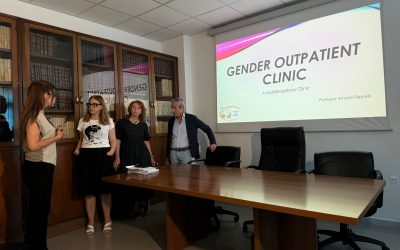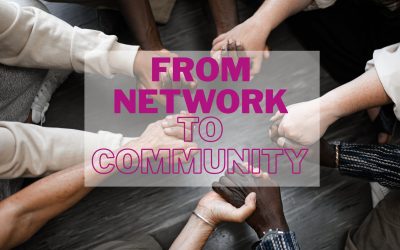NEOLAiA’s Virtual Mobility was created to make internationalization genuinely accessible, sustainable, and high-quality. It operationally interweaves the Alliance’s three pillars—enhanced mobility, diversity & inclusion, and digital transformation—offering European learning experiences even to those who cannot spend periods abroad. Within this framework, “Virtual Mobility Within a Course” (Task 4.5) is the mechanism that brings the international experience into existing courses.
In simple terms, two instructors from two NEOLAiA universities each select one of their courses and connect them through a shared online module integrated into the syllabus. This module introduces common learning units, assignments, and both synchronous and asynchronous interactions that link the two classes. Students then work in international teams, tackling shared tasks, case studies, and projects. Participation is fully virtual, open to all study levels, and may award ECTS credits and/or micro-credentials where foreseen in the study plan.
These modules often take the form of COIL (Collaborative Online International Learning): structured collaborative environments in which mixed groups address real-world problems, produce joint outputs or reports, and strengthen key transversal skills—intercultural communication, digital project management, and collaborative problem-solving—alongside the course’s specific disciplinary competencies. The result is a richer, authentically European teaching experience, where the value of internationalization depends not on kilometers traveled but on the quality of interaction and the cohesion of teamwork.
The initiative is therefore curricular, inclusive, and scalable. It is curricular because it is embedded in official courses, with clear objectives, assessments, and learning outcomes. It is inclusive because it removes economic, logistical, and personal barriers, widening access to global experiences. It is scalable because it leverages digital transformation to systematize the expertise of individual NEOLAiA universities and, where appropriate, to generate thematic micro-credentials that are recognizable beyond the Alliance.
What the University of Salerno is doing
In line with this vision, the University of Salerno is concretely implementing Task 4.5 in collaboration with the University of Ostrava (Czech Republic), a NEOLAiA partner. The project involves Professor Nicoletta Gagliardi of the Department of Humanities (DIPSUM) in the German Language area, and Associate Professor Iveta Zlá of the Department of German Studies at the University of Ostrava. The two professors are co-designing an integrated virtual module within their respective courses, featuring ongoing work in mixed UNISA–Ostrava groups, synchronous/asynchronous exchanges, and collaborative outputs. The goal is to structurally strengthen the international dimension of the curricular offering, capitalizing on cooperation among NEOLAiA universities and providing students with certified, genuinely inclusive opportunities.



